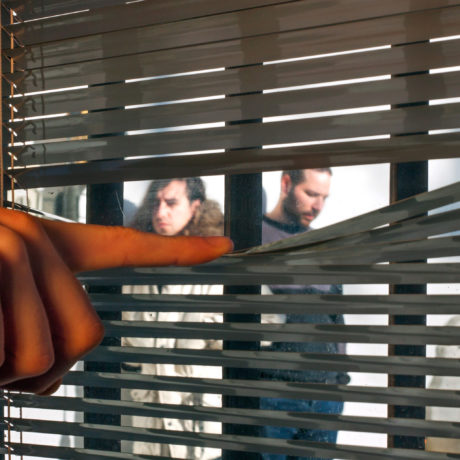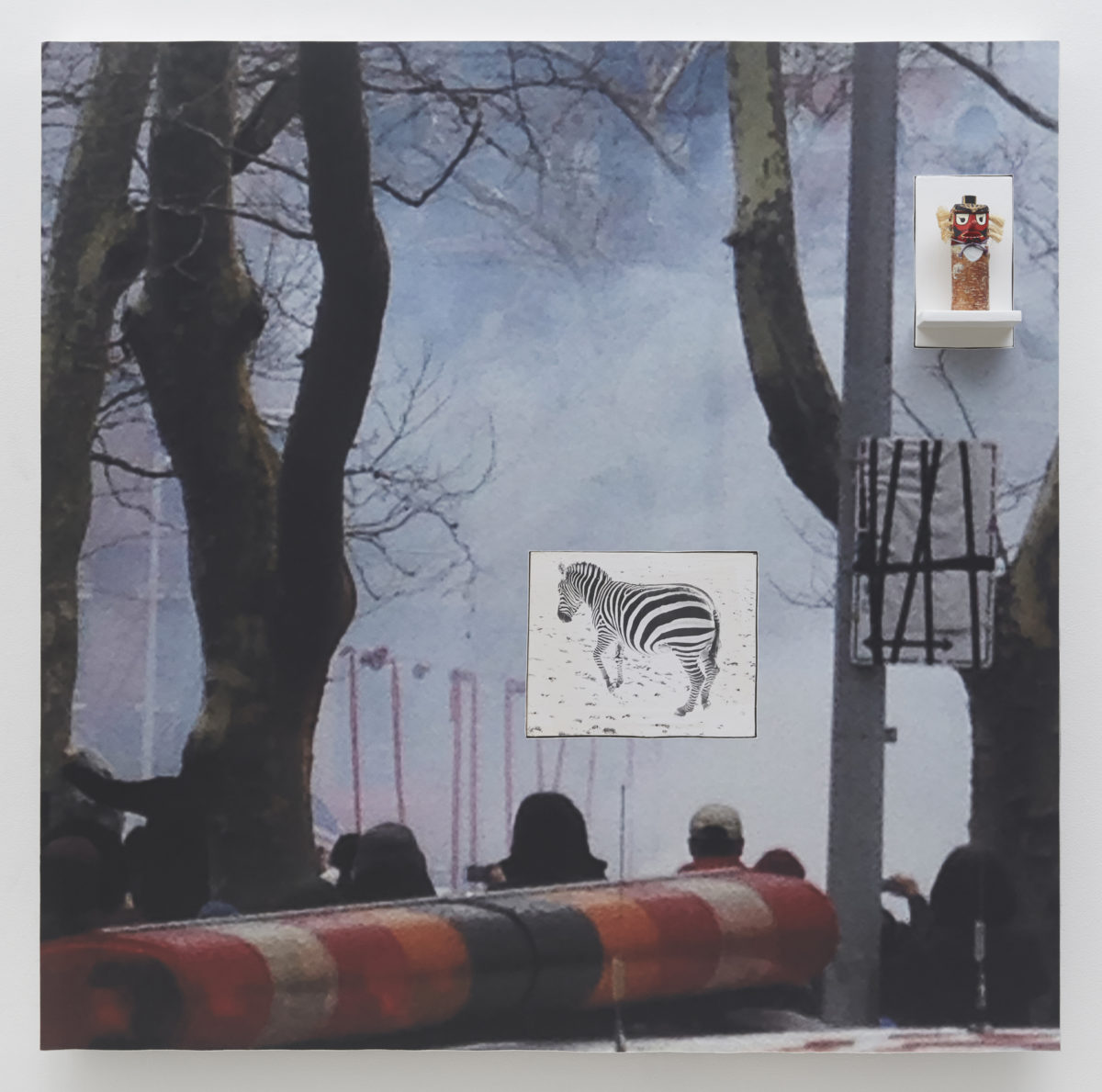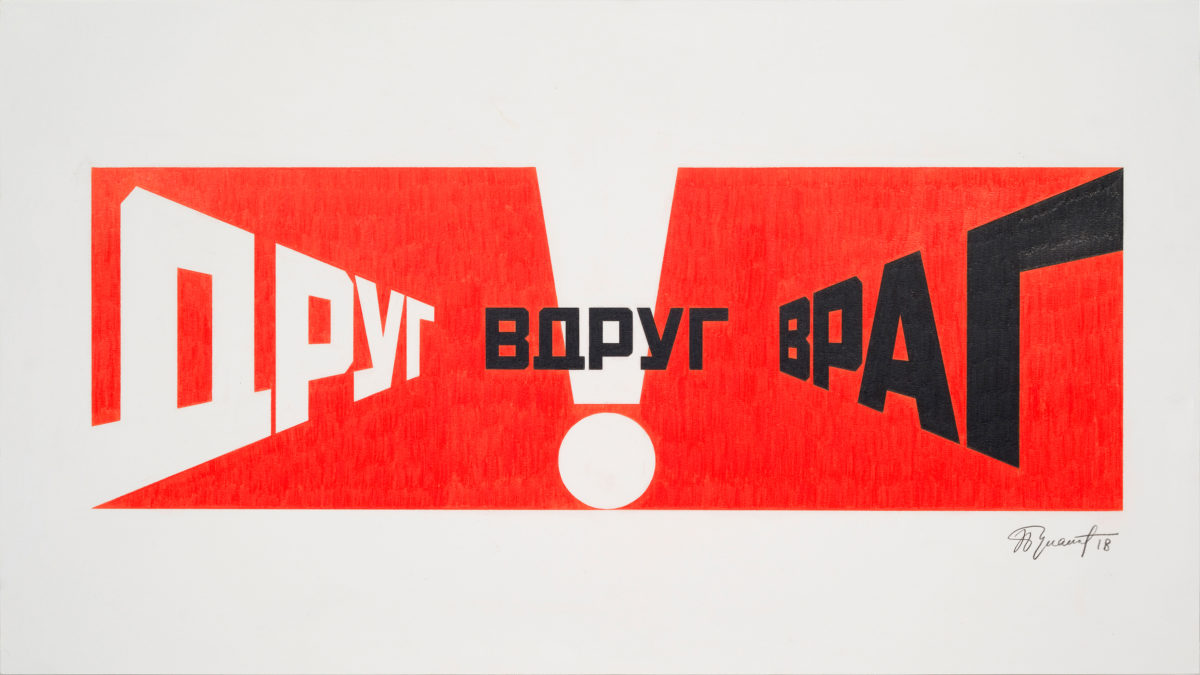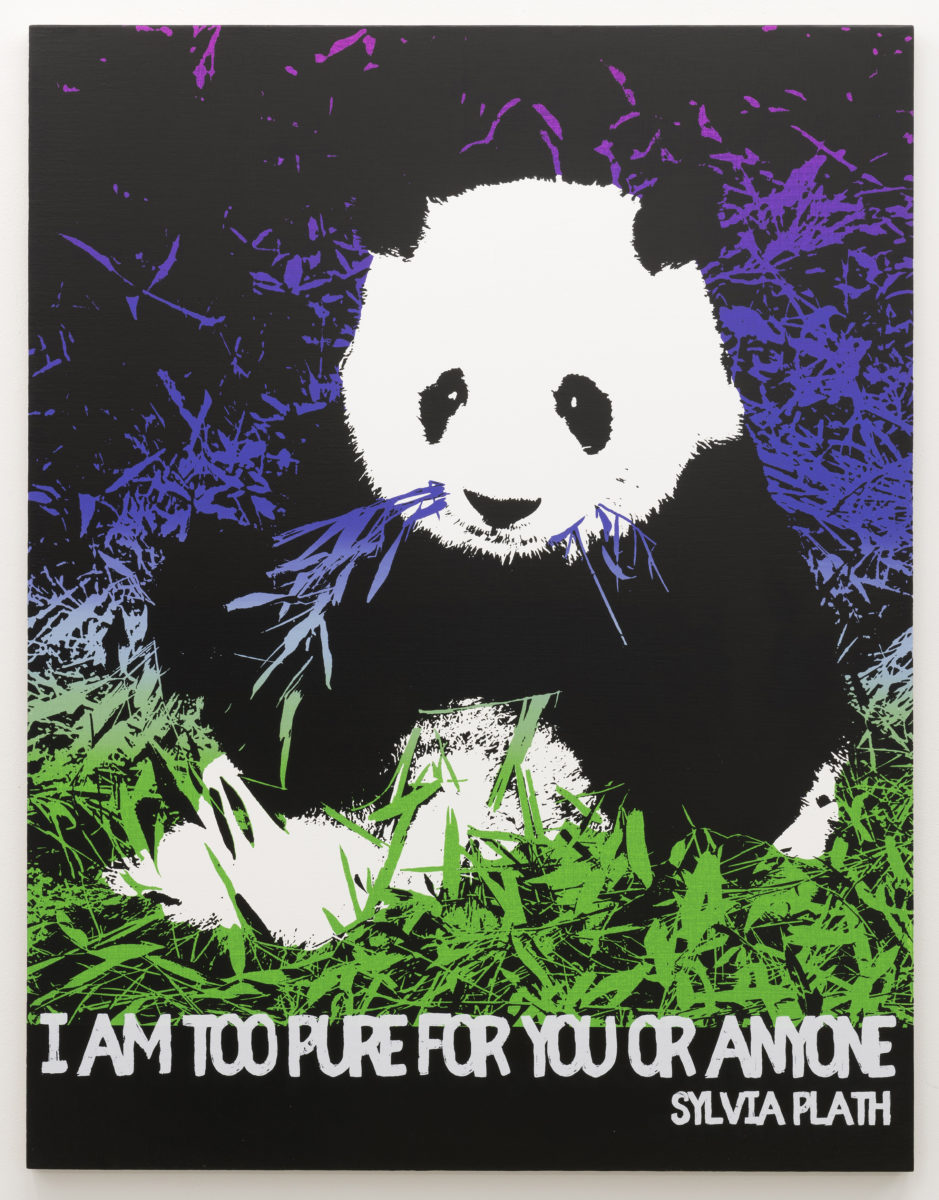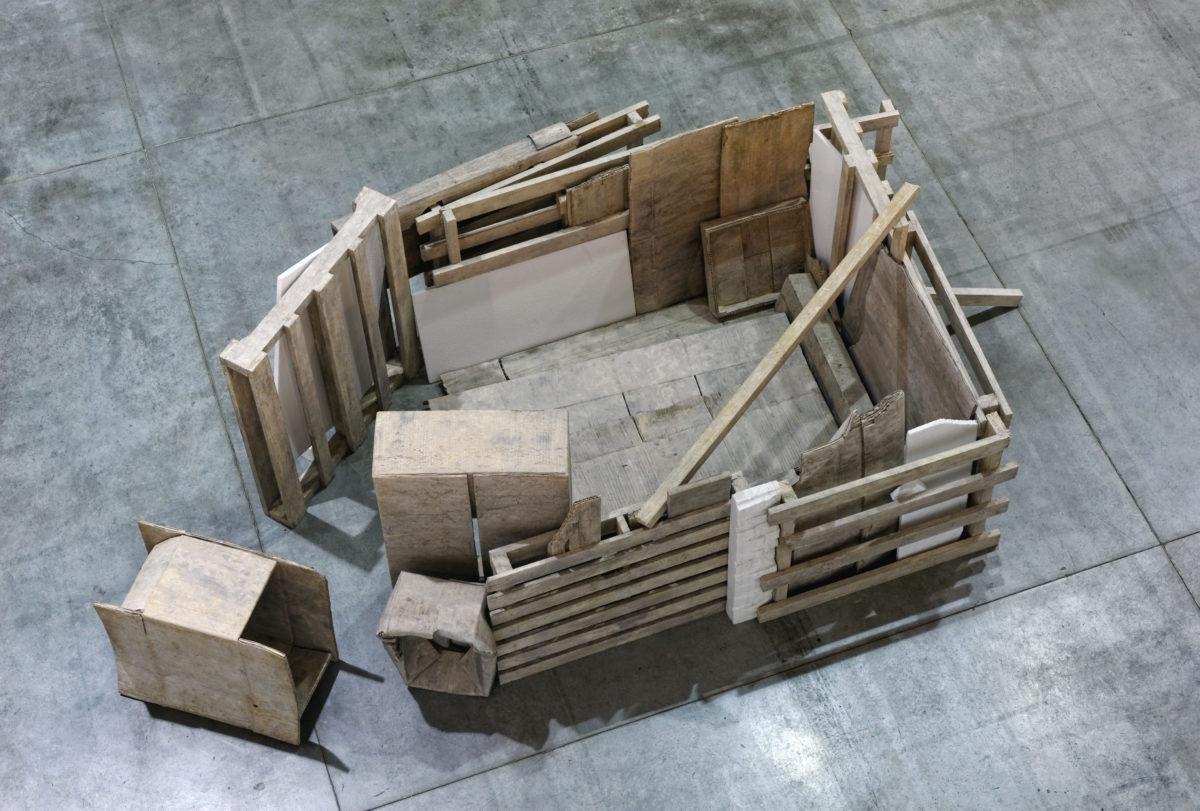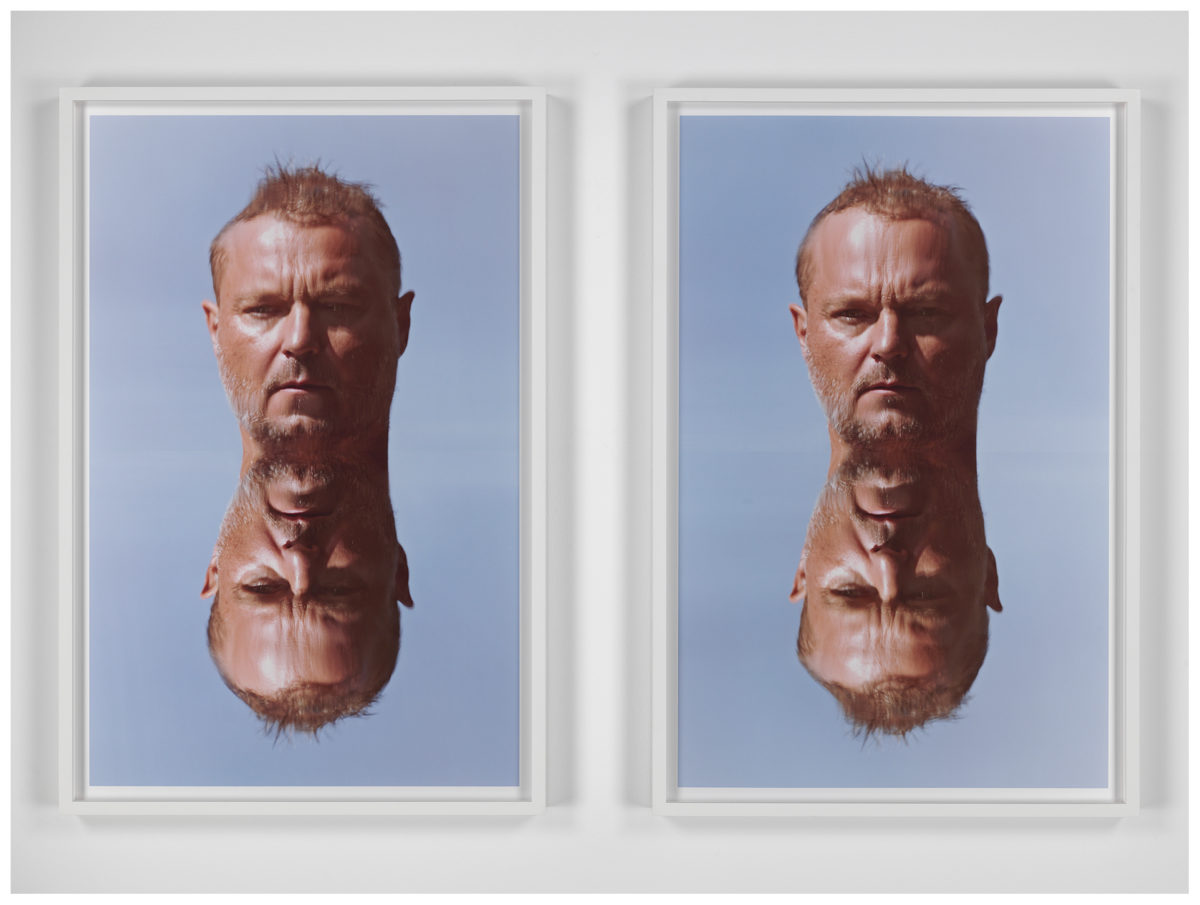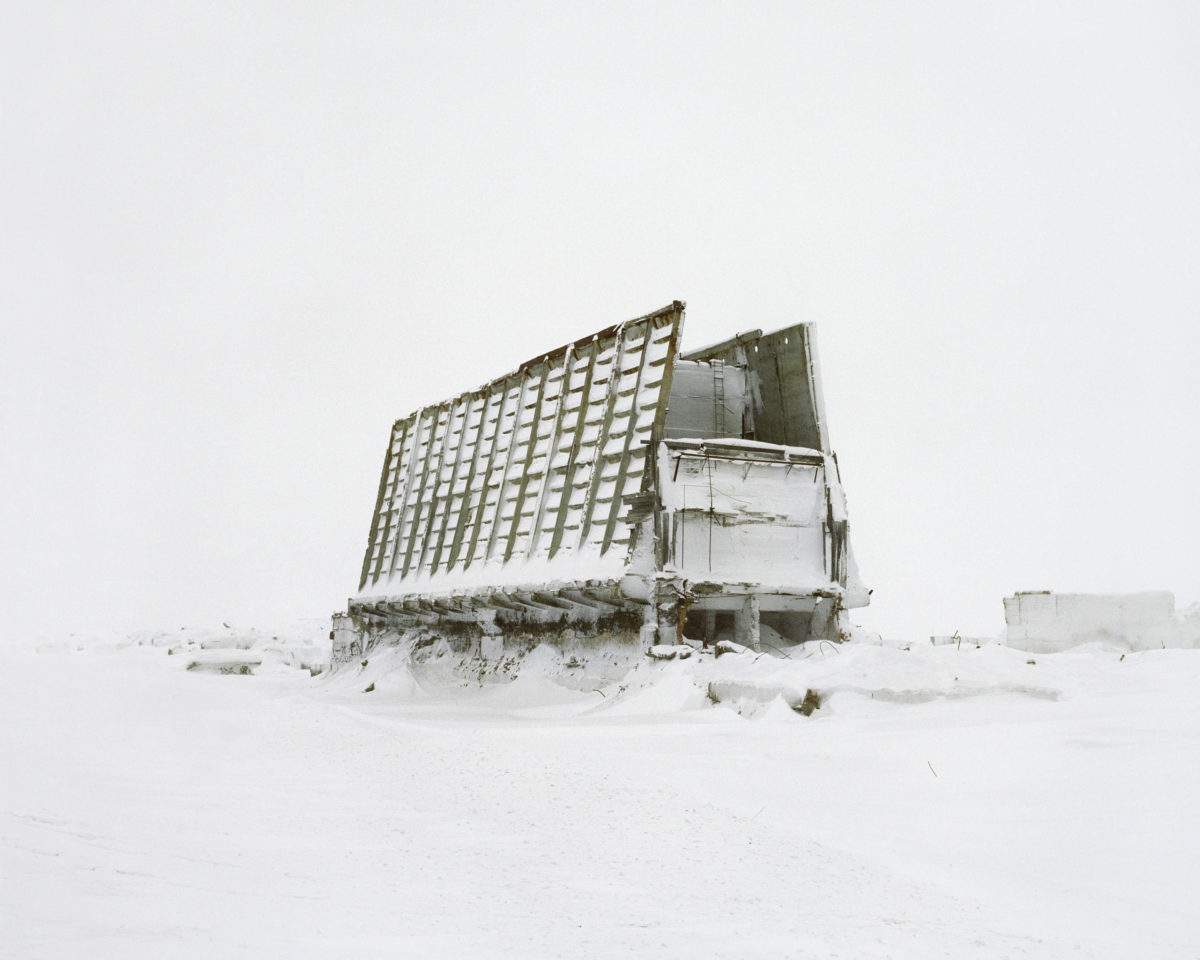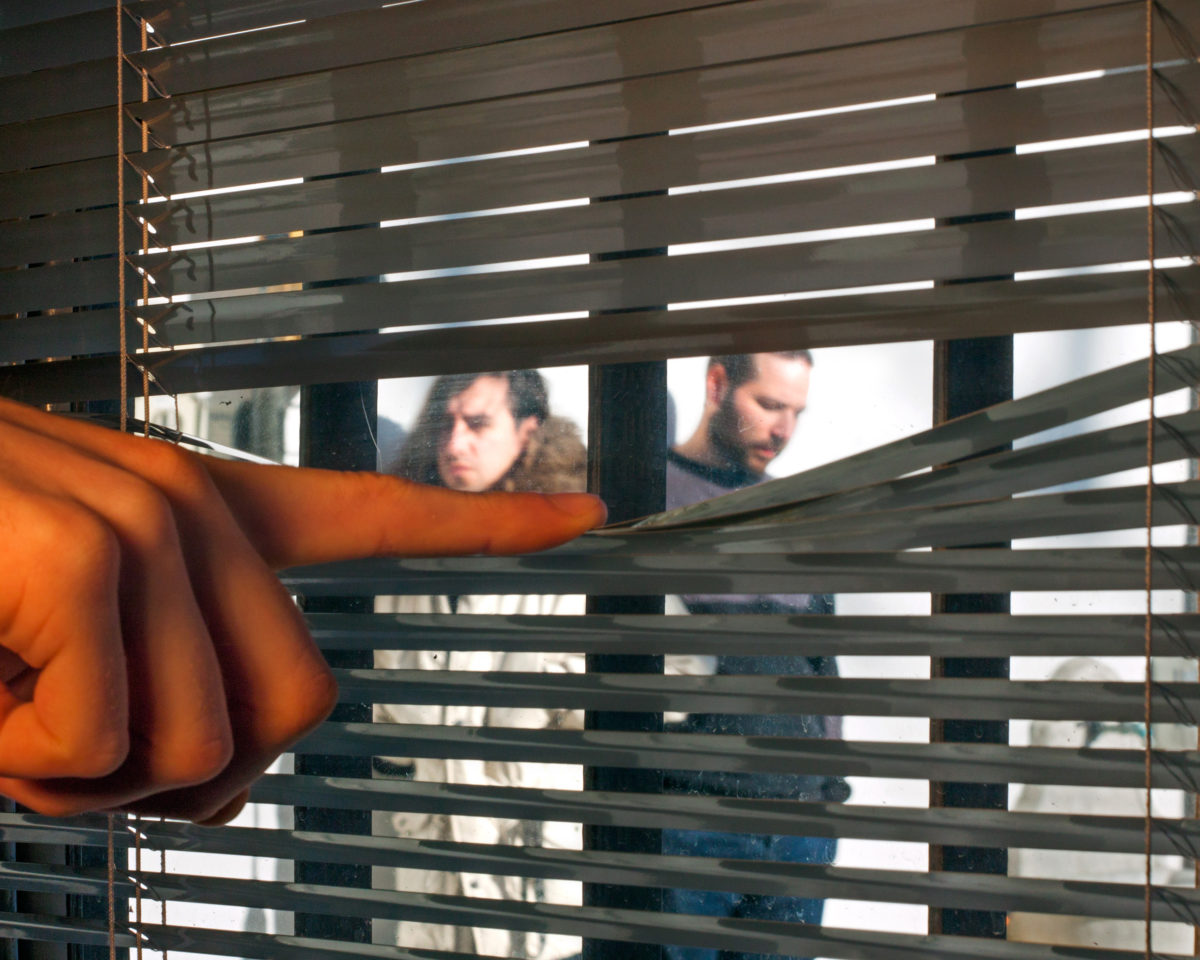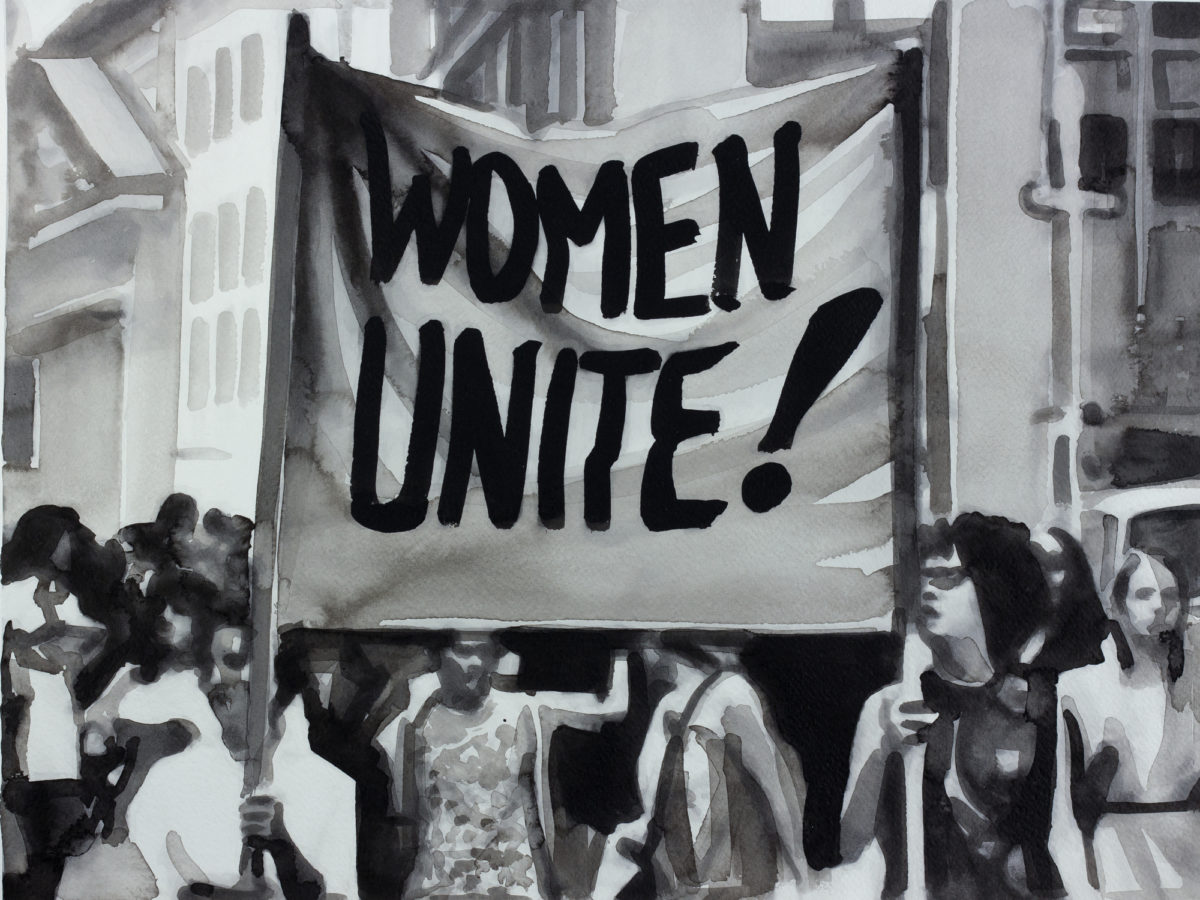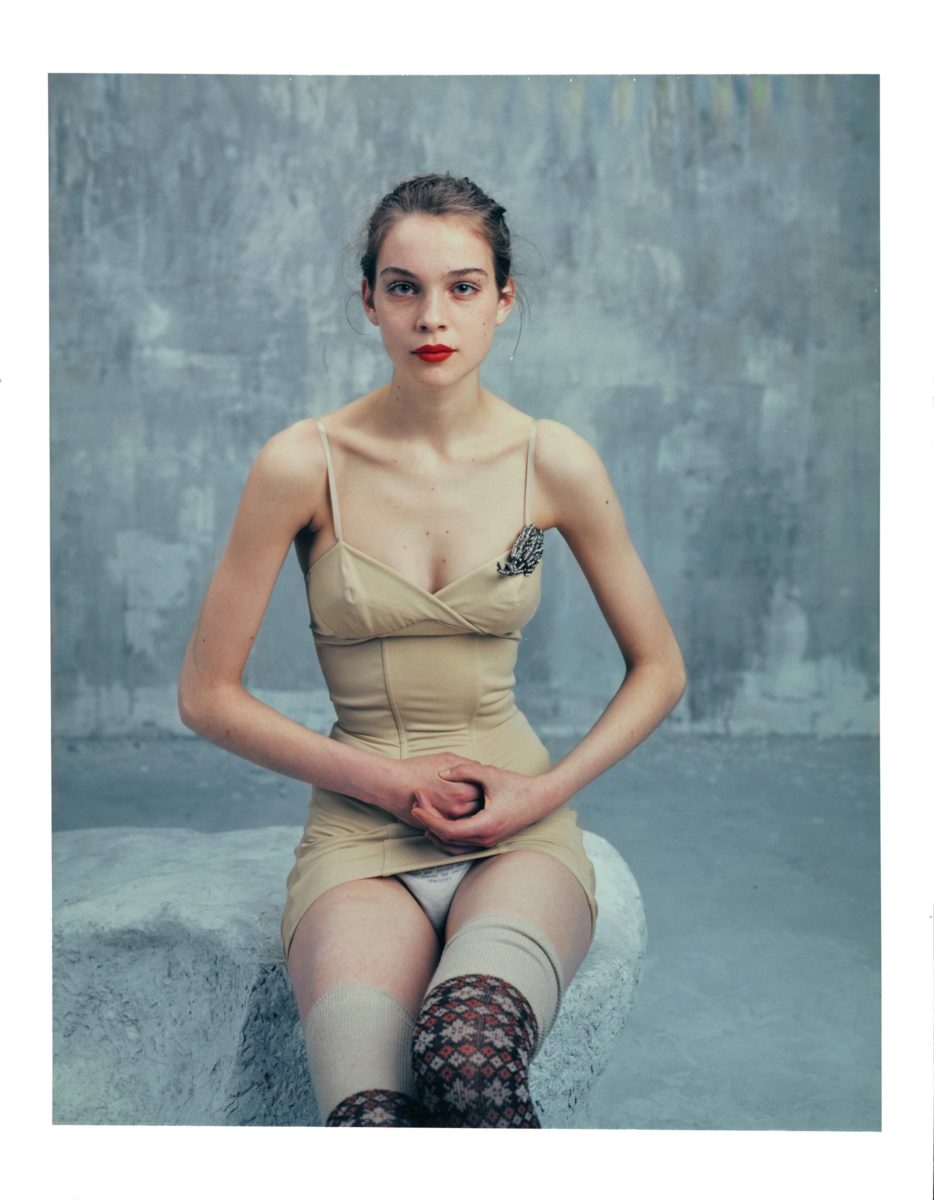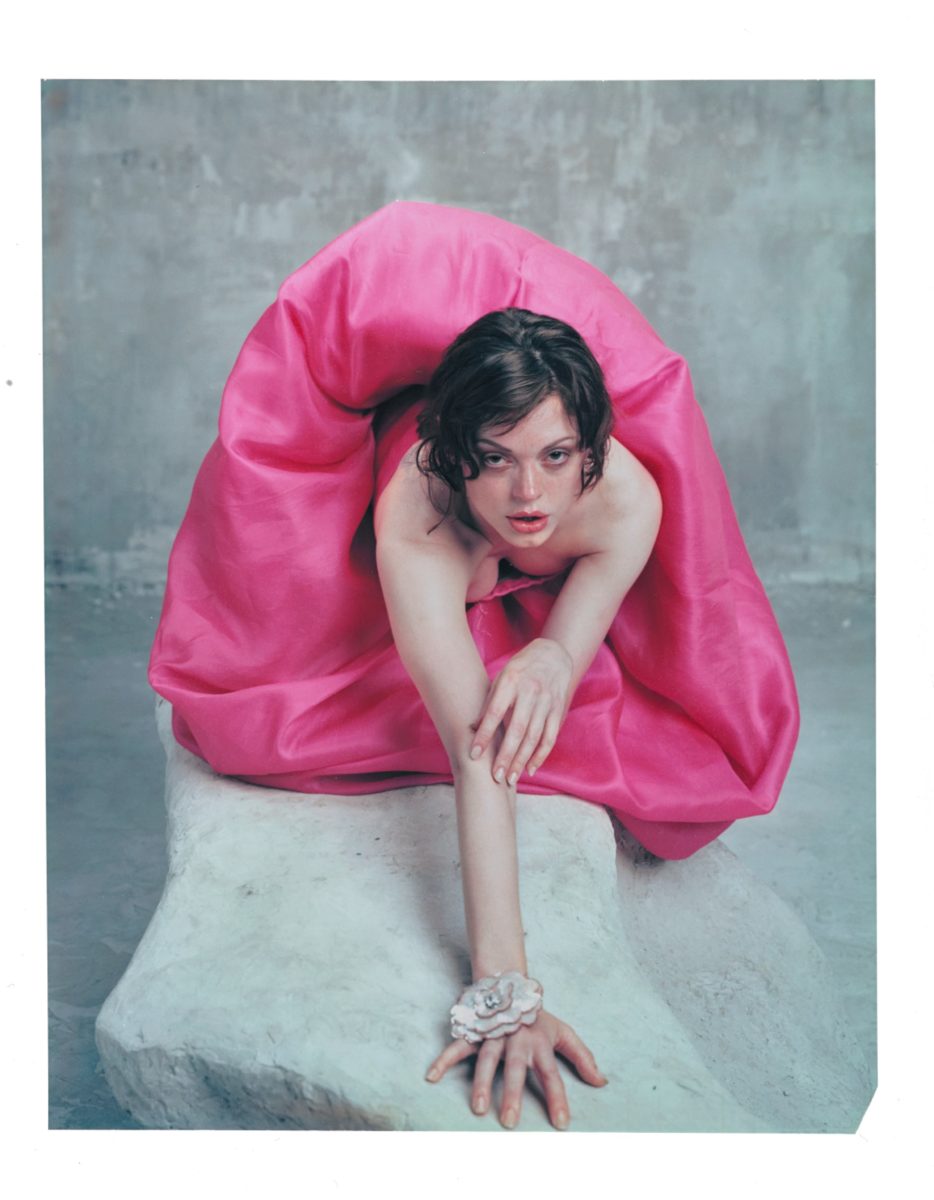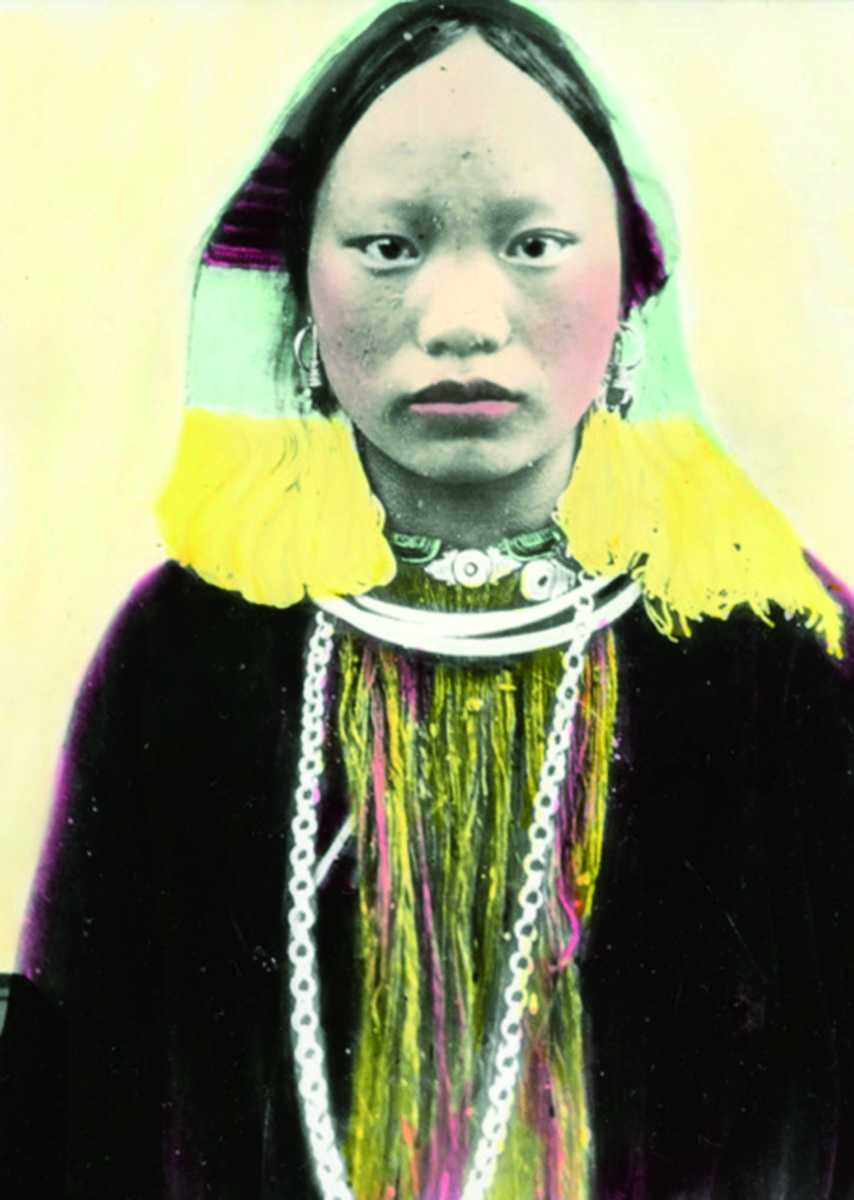Artmonte-carlo first launched in spring 2016, under the directorship of Thomas Hug. It was created as a way to promote the presence of the art community on the French Riviera, in a country where the arts scene usually revolves around the capital. As with its sibling fair artgenève, the aim was to introduce international galleries in a setting that promoted a strong regional programme. This year, the artmonte-carlo forum will feature the symposium Imagining the Future – Contemporary Art Prizes in the 21st Century: Challenges and Opportunities in Awarding Excellence in the Arts. After its success in Geneva in February, PAD (Pavillion of Arts and Design) will return to host twenty-five galleries specializing in design and decorative arts.
Monte Carlo is well represented in the media—its car races and blackjack games feature in numerous films—but this year the salon d’art presents a number of pieces which seem to approach the media with wary uncertainty. Wang Du’s three bronze sculptures, which will be displayed on L’Esplanade, mimic giant newspapers crumpled into balls. Said to be deeply mistrustful of media images and the way they represent reality, Wang Du contrasts the solid materiality of his structures with the fleeting fragility of the paper and the subjective truth that newspapers represent.
“This year the salon d’art presents a number of pieces which seem to approach the media with wary uncertainty”
Radenko Milak’s Women’s Strike for Equality in the USA analyses how the production of images effects the way that events gain significance in our collective memories. Similarly, Erek Bulatov’s
Ami Soudain Ennemi questions the way that propaganda media affects reality, as its strong colours and bold slogan create an aesthetic that wouldn’t look out of place at a political rally. Rob Pruitt takes a more humorous approach with Motivational Panda (Sylvia Plath). A play on the motivational posters that ubiquitously haunt office walls, the unrelated image of the panda alongside the seemingly profound quotation of Sylvia Plath show that anything can be a motivational message if it is framed as such.
The role of the audience in interpreting media images is not ignored at artmonte-carlo. Invernomuto’s Portrait shows a giant hand moving aside a window blind in order to peer out at two men. The men are out of focus, making the hand appear the subject of the piece, bringing us to wonder whether we are being invited to observe the observer or the observed. Layers of observation are also explored in Sadie Benning’s Zebra, in which a silhouetted audience stare out at a zebra. An intricate collage, Benning’s work is made up of physical layers, with different images pasted on top of each other, and ending in a tunnel-like object which protrudes far out from the canvas. The emphasized physicality of the work makes the viewer wonder if they themselves are part of the art, just one more layer of observation.
“It was created as a way to promote the presence of the art community on the French Riviera, in a country where the arts scene usually revolves around the capital”
With the fragility of reality established at artmonte-carlo, other pieces serve to show that not everything is as it first appears. At first glance Roni Horn’s Water Teller No.5 appears as a double-mirrored photo of the face of photographer Juergen Teller, but in fact the photo is of his reflection in water. As each reflection is itself reflected within the image, Horn questions the nature of perception. Andreas Lolis’s sculpture, Permanent Residence will make you doubt your senses even further. This cardboard-looking structure, seemingly cobbled together for a temporary purpose, looks ready to fall apart at the slightest touch, but closer inspection shows that the structure is actually made from marble, the epitome of durability. All in all, while the work on show will make you question reality, artmonte-carlo will also show once again that there’s more to Monte Carlo than the Grand Prix and poker games.
